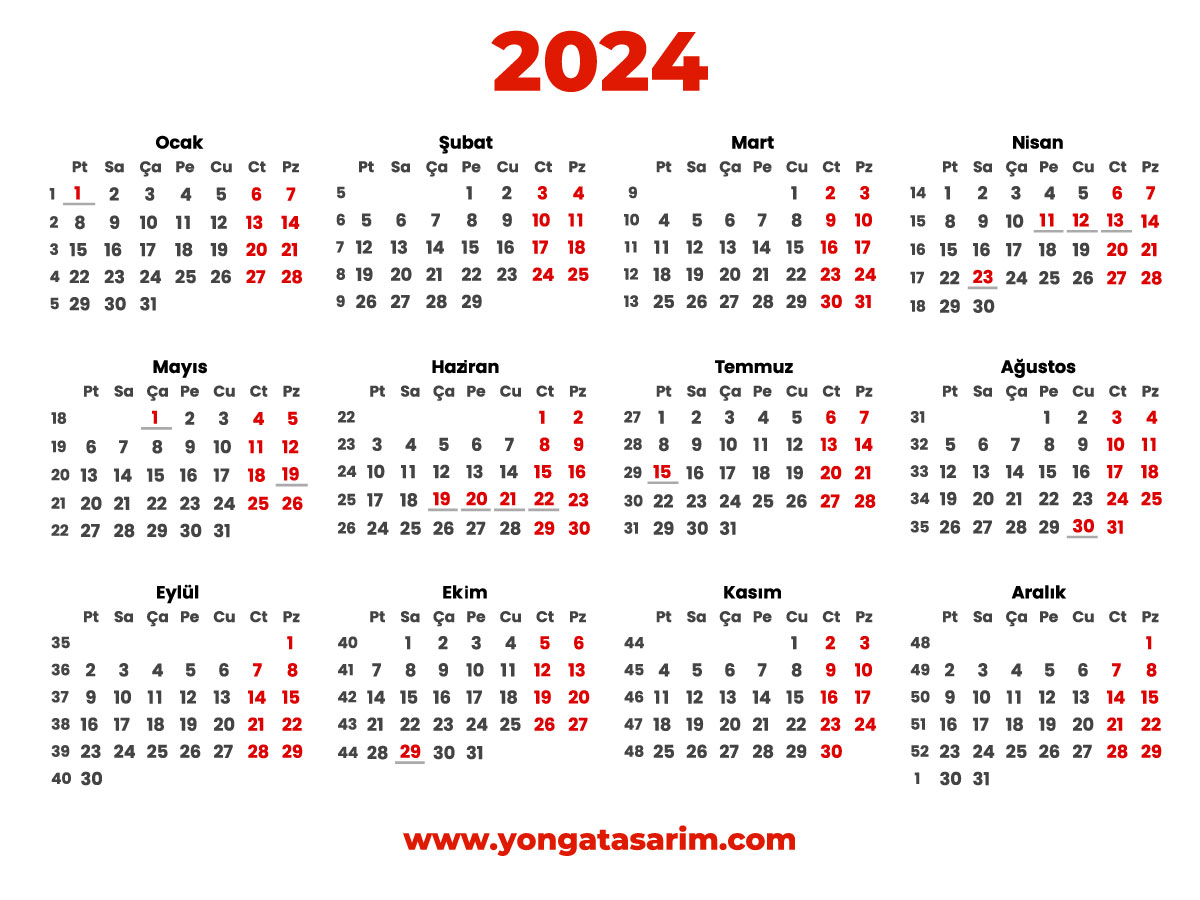Is AI A Boon Or Bane For Wildlife Conservation? Exploring The Dual Nature Of Technological Advancement

Table of Contents
AI's Potential Benefits for Wildlife Conservation
Artificial intelligence offers a transformative potential for enhancing wildlife conservation efforts across various fronts. Its applications are rapidly expanding, promising more efficient and effective strategies than ever before.
Enhanced Monitoring and Surveillance
AI-powered tools are revolutionizing wildlife monitoring. Drones equipped with advanced cameras and thermal sensors can survey vast areas, providing real-time data on animal populations and their habitats. Smart camera traps, utilizing AI-powered image recognition, automatically identify and classify species, significantly reducing the time and resources needed for manual analysis. Acoustic sensors can detect the calls of endangered animals, providing valuable insights into their distribution and abundance.
- Improved detection of poaching incidents: AI can analyze camera trap images and identify suspicious activity, enabling rapid response from anti-poaching units.
- Real-time tracking of endangered species: GPS collars linked to AI systems allow for continuous monitoring of animal movement patterns, helping to identify critical habitats and potential threats.
- Automated habitat mapping: AI algorithms can analyze satellite imagery and other data to create detailed maps of wildlife habitats, assisting in conservation planning and land management.
These advancements in AI-powered wildlife monitoring and wildlife surveillance technology, including the use of smart camera traps, are proving invaluable in gathering crucial data for effective conservation.
Predictive Modeling and Conservation Planning
AI algorithms can analyze massive datasets—including climate data, habitat maps, poaching statistics, and animal movement patterns—to generate predictive models. This allows conservationists to anticipate future threats, optimize resource allocation, and proactively address emerging challenges.
- Predictive modeling of habitat loss: AI can forecast the impact of deforestation, climate change, and other factors on wildlife habitats, enabling proactive conservation measures.
- Optimization of anti-poaching patrols: AI can identify high-risk areas for poaching activity, allowing for the strategic deployment of anti-poaching units and maximizing their effectiveness.
- Identification of crucial habitats: AI can help identify key areas for conservation efforts, ensuring that limited resources are allocated to the most impactful locations.
The ability to use AI predictive modeling for effective conservation planning and AI-driven habitat management represents a significant leap forward in proactive conservation strategies.
Combating Illegal Wildlife Trade
The illegal wildlife trade is a major threat to global biodiversity. AI is proving instrumental in disrupting these criminal networks. AI algorithms can analyze online marketplaces and social media platforms, identifying patterns and trends in illegal wildlife trafficking.
- Detection of illegal wildlife products online: AI can identify images and descriptions of endangered species and their products, alerting authorities to potential illegal activity.
- Identification of trafficking routes: AI can analyze data on shipments and transportation routes to identify key hubs and pathways used by traffickers.
- Improved collaboration between law enforcement agencies: AI can facilitate data sharing and collaboration between different agencies involved in combating wildlife crime, strengthening enforcement efforts.
The integration of AI in the fight against illegal wildlife trade offers significant hope in curbing the AI and anti-poaching efforts, effectively fighting wildlife crime through AI-powered detection of illegal wildlife trade.
The Challenges and Ethical Considerations of AI in Wildlife Conservation
While the potential benefits of AI in wildlife conservation are undeniable, it's crucial to acknowledge the associated challenges and ethical considerations.
Data Bias and Algorithmic Fairness
AI algorithms are only as good as the data they are trained on. If the training data is biased, the resulting algorithms may perpetuate and even amplify existing inequalities in conservation efforts. For example, a model trained primarily on data from one species or geographic region might neglect the needs of other species or areas.
- Bias in training data: Insufficient or biased datasets can lead to inaccurate predictions and skewed outcomes.
- Lack of representation of certain species: Algorithms may underperform for species not well-represented in training data.
- Potential for algorithmic discrimination: Biased algorithms can lead to unfair resource allocation and ineffective conservation strategies.
Addressing AI bias in conservation and ensuring ethical AI for wildlife requires careful data curation and ongoing monitoring for algorithmic fairness.
Privacy Concerns and Data Security
The use of AI in wildlife conservation often involves collecting and analyzing sensitive data about animals and their habitats. This raises concerns about data privacy and security.
- Data breaches: The risk of unauthorized access to sensitive data, including animal locations and movement patterns, is a serious concern.
- Unauthorized access to sensitive information: Data breaches could compromise conservation efforts and potentially endanger wildlife.
- Concerns about surveillance and privacy: The use of surveillance technologies raises ethical questions about the potential for intrusion on wildlife and their habitats.
Addressing data security in wildlife conservation and minimizing privacy risks of AI is essential for the responsible deployment of AI technologies. Implementing robust security measures and establishing clear ethical guidelines are crucial for responsible application of AI in conservation.
Technological Dependence and Accessibility
The implementation of AI-powered conservation solutions often requires specialized expertise and significant financial resources, creating a potential digital divide within the conservation community.
- High cost of AI technology: The cost of AI hardware, software, and expertise can be prohibitive for many conservation organizations, particularly those in developing countries.
- Limited access to training and expertise: A shortage of skilled professionals capable of developing and deploying AI solutions in conservation settings limits its accessibility.
- Digital divide in conservation: Unequal access to AI technology can exacerbate existing inequalities in conservation capacity and effectiveness.
Promoting AI accessibility in conservation and overcoming technological barriers in wildlife conservation through collaborations, training programs, and open-source initiatives is crucial to ensure that the benefits of AI are broadly shared. Developing truly inclusive AI for wildlife requires addressing the issue of technological inequities.
Conclusion
AI's impact on wildlife conservation is a double-edged sword. Its potential to revolutionize monitoring, prediction, and anti-poaching efforts is immense, offering a powerful toolkit for safeguarding biodiversity. However, it is essential to address the challenges and ethical considerations related to data bias, privacy, and accessibility to ensure responsible and equitable implementation. The future of wildlife conservation depends on our ability to harness the power of AI responsibly. Let's continue the conversation about AI in wildlife conservation and ensure its ethical integration for a sustainable future. We must strive for responsible innovation and collaborative efforts to maximize its benefits while mitigating its risks, ensuring that AI truly serves as a boon, not a bane, for wildlife and the planet.

Featured Posts
-
 Roberts On World Series A Single Hit Altered The Course Of The Series
Apr 23, 2025
Roberts On World Series A Single Hit Altered The Course Of The Series
Apr 23, 2025 -
 Tigers Lose Series Finale To Brewers Keider Monteros Performance
Apr 23, 2025
Tigers Lose Series Finale To Brewers Keider Monteros Performance
Apr 23, 2025 -
 Izmir Okul Tatili 24 Subat 2024 Kar Yagisi Ve Son Durum
Apr 23, 2025
Izmir Okul Tatili 24 Subat 2024 Kar Yagisi Ve Son Durum
Apr 23, 2025 -
 Trumps Trade War Imf Warns Of Systemic Financial Risk
Apr 23, 2025
Trumps Trade War Imf Warns Of Systemic Financial Risk
Apr 23, 2025 -
 Radno Vrijeme Trgovina Za Blagdane Uskrs I Uskrsni Ponedjeljak
Apr 23, 2025
Radno Vrijeme Trgovina Za Blagdane Uskrs I Uskrsni Ponedjeljak
Apr 23, 2025
